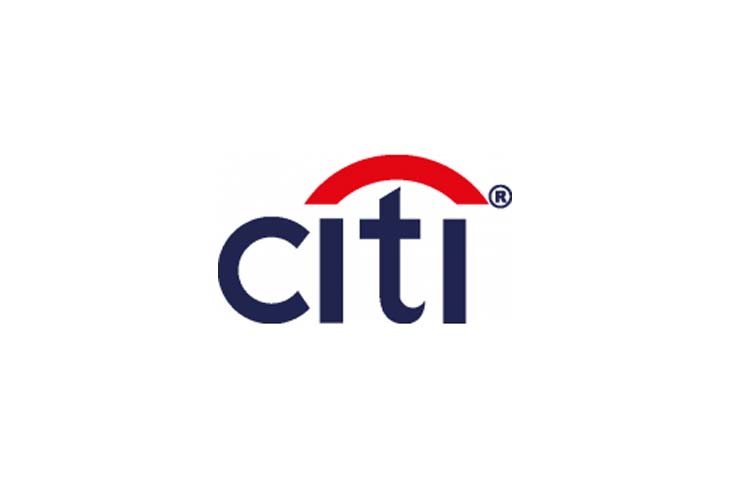Citi announced that it is increasing loan loss reserves. And the issue isn’t Citi’s well-run card business; it is indicative of what to expect in the months to come. A recent report from the Federal Reserve stated that the consumer’s challenge is not rising unemployment, but rather persistent inflation.
Yahoo Finance reports a recent Bloomberg story on Citi’s loan loss reserves:
- Citigroup Inc. is set to put aside hundreds of millions of dollars more than it did last quarter to account for potential losses on loans, an early sign that the biggest U.S. banks may be bracing for deteriorating economic health.
- Now, Citi’s hundreds of millions span a wide range of credit collateral classes, but know that cards are in the mix. It isn’t just Citi; Jamie Dimon, the most quotable banking CEO, has been sounding the inflation alarm for months. In NBC Markets, the Park Avenue Powerhouse, which cut its teeth on credit cards decades ago, Dimon stated that the economy’s “soft landing” would likely appear weaker going forward.
Javelin Has Been Sounding the Siren on This Issue for Months
In a recent research report, “Seven Credit Card Warning Signs in 2025: Don’t Stop Lending but Watch Out,” we discussed the growth of revolving credit, which is projected to reach $1.5 trillion. We explained why consumer confidence is low, and lenders are pushing back about lending to consumers. In March, we stated that unemployment is not the primary concern; inflation is the immediate risk. And most importantly, watch the 90-day delinquency pipeline, as it is at historically high levels.
Yet don’t stop lending. We believe the lending opportunity is now with small businesses, and we have laid out a strategy in this research report: Riffing on Tariffs: Now is the Time to Build Your Small Business Card Portfolio.
Loan Losses are Key to Credit Quality
The objective of bank policies is to protect liquidity and ensure our financial systems are maintained safely and soundly. Credit card debt is considered a bank asset, but when it becomes delinquent, that asset becomes increasingly doubtful. Regulations require that the bank recognize a particular account as a worthless asset when it reaches 180 days delinquent.
In anticipation of this shift in loan loss, banks prepare for the impact by building up their loan loss reserves. Strong players slightly overprotect against their losses, so that when the asset charges off, banks are prepared for our loss. That’s the story behind Citi’s recent comment about increasing loan loss reserves. They are bracing for an increase in credit losses. You should also.




